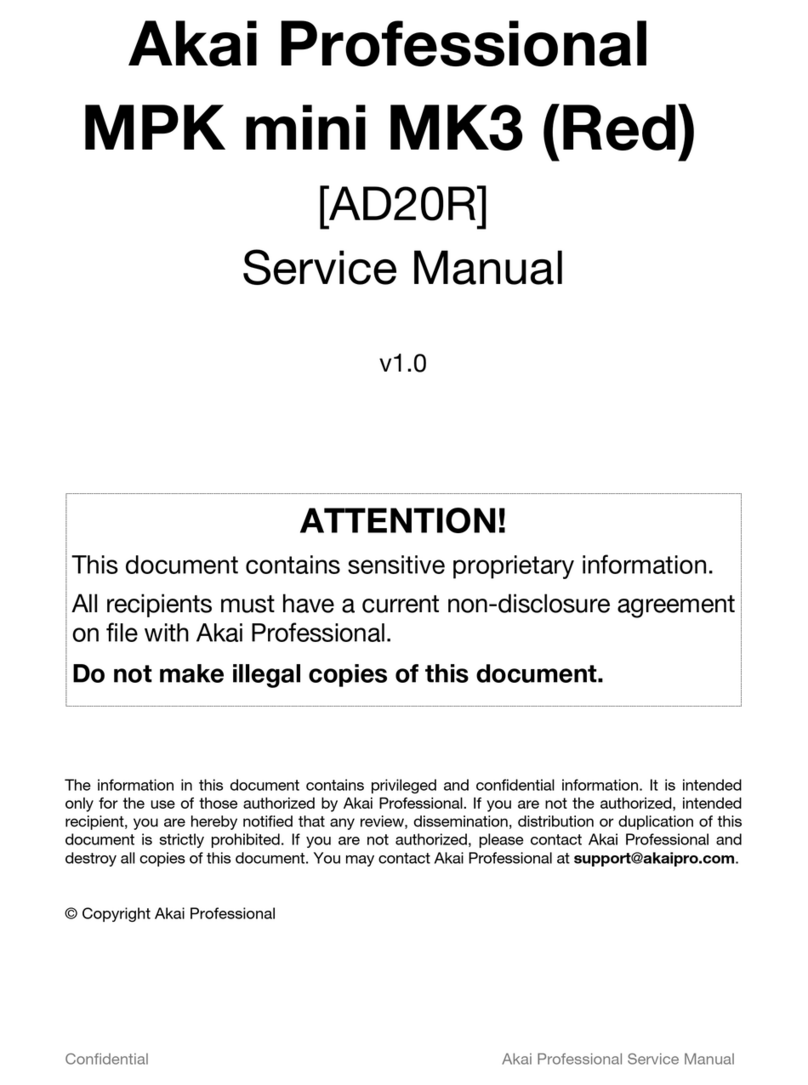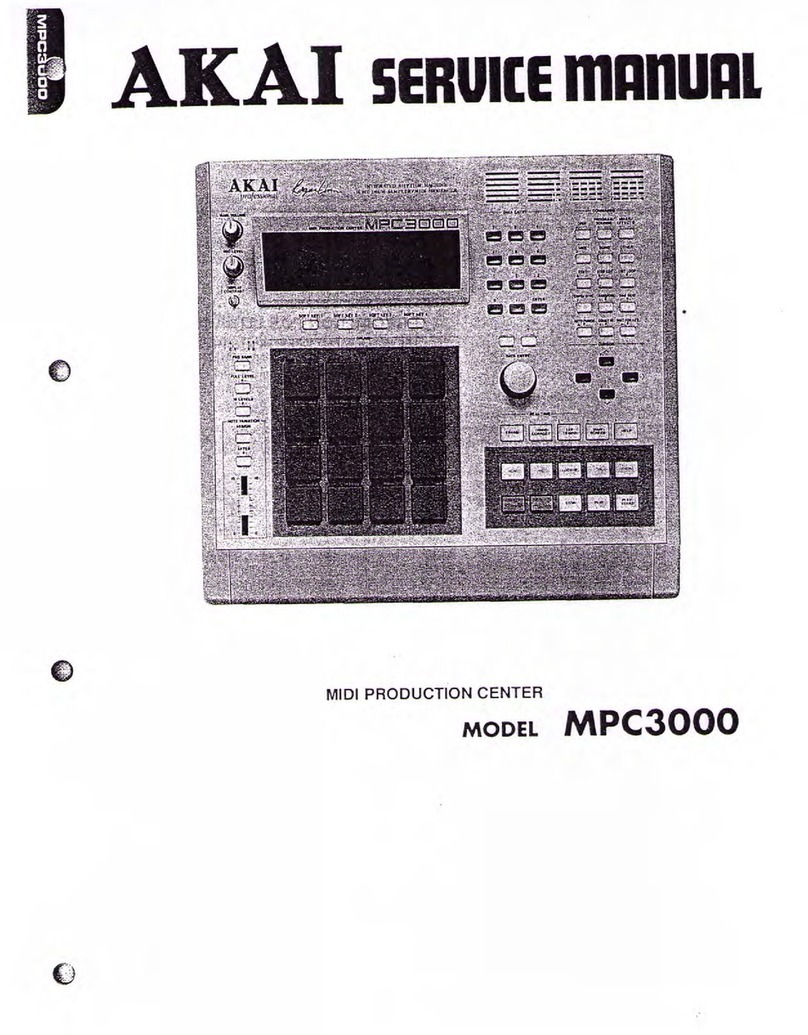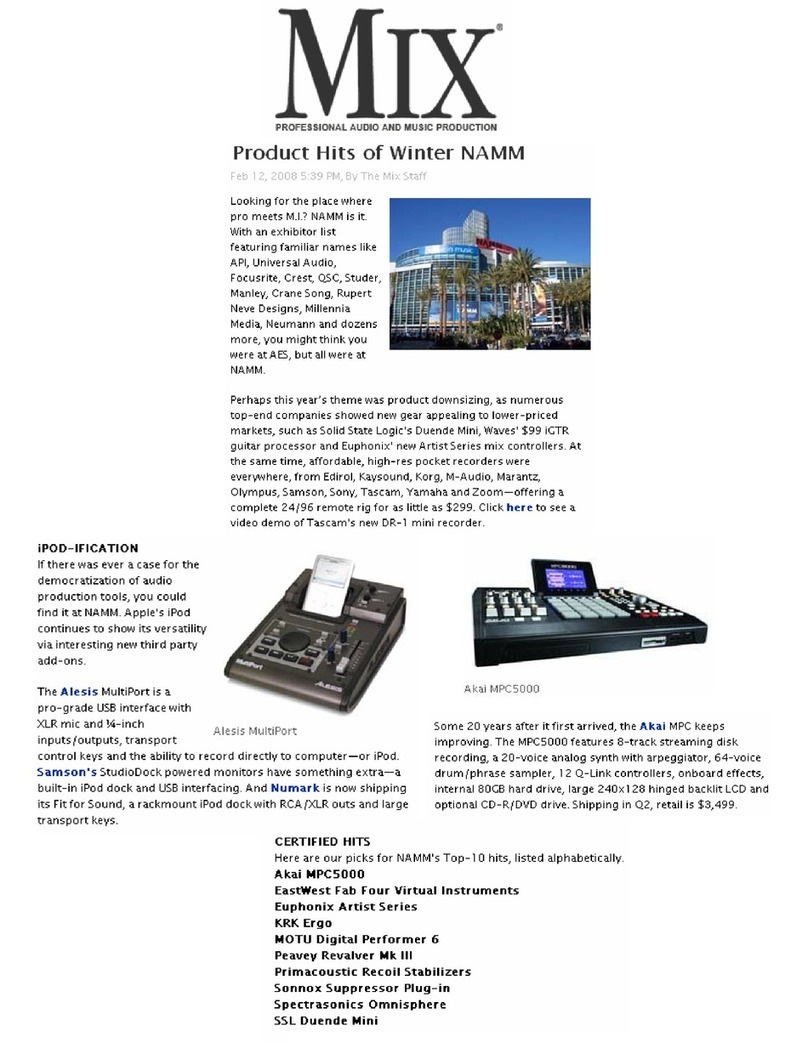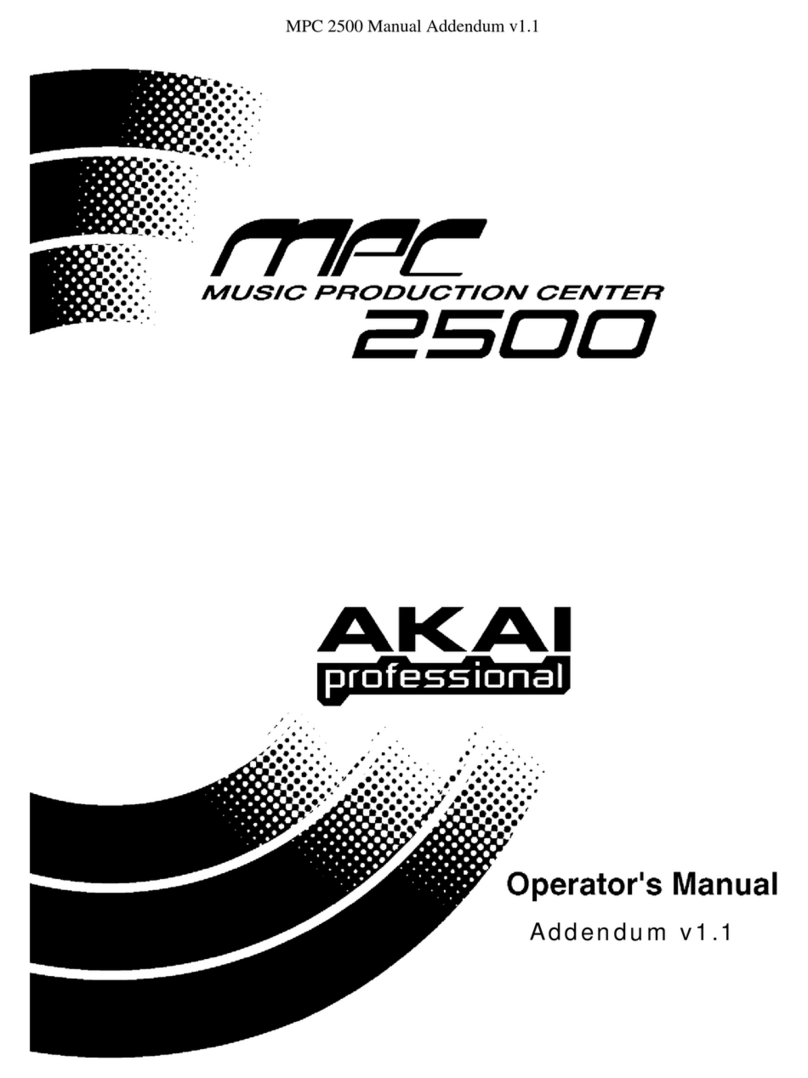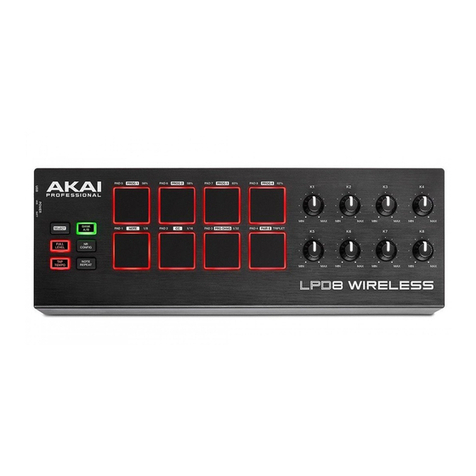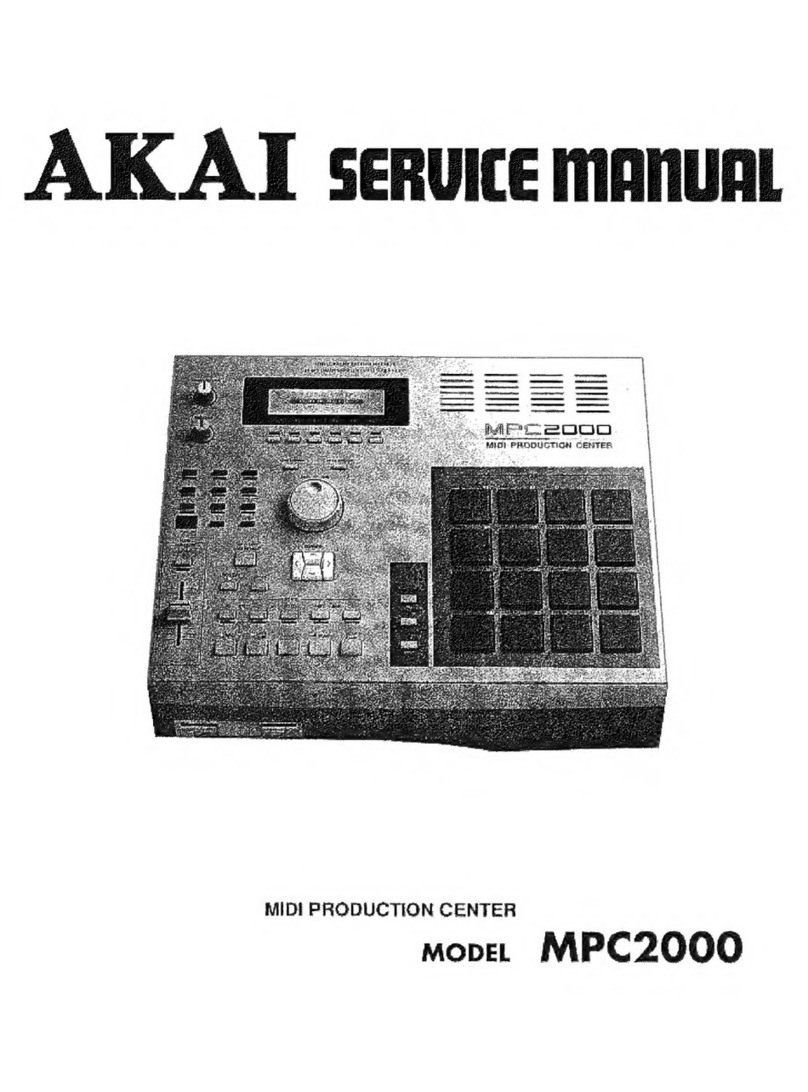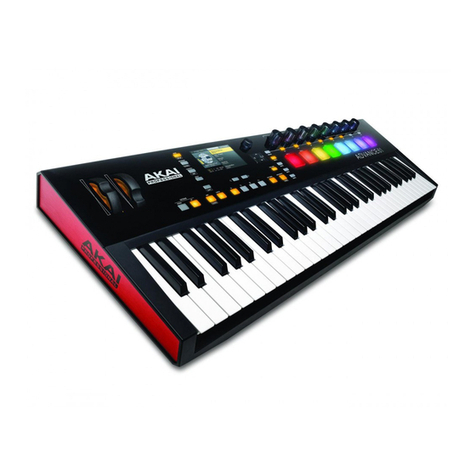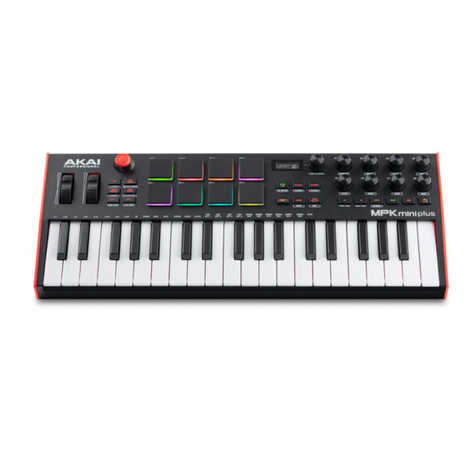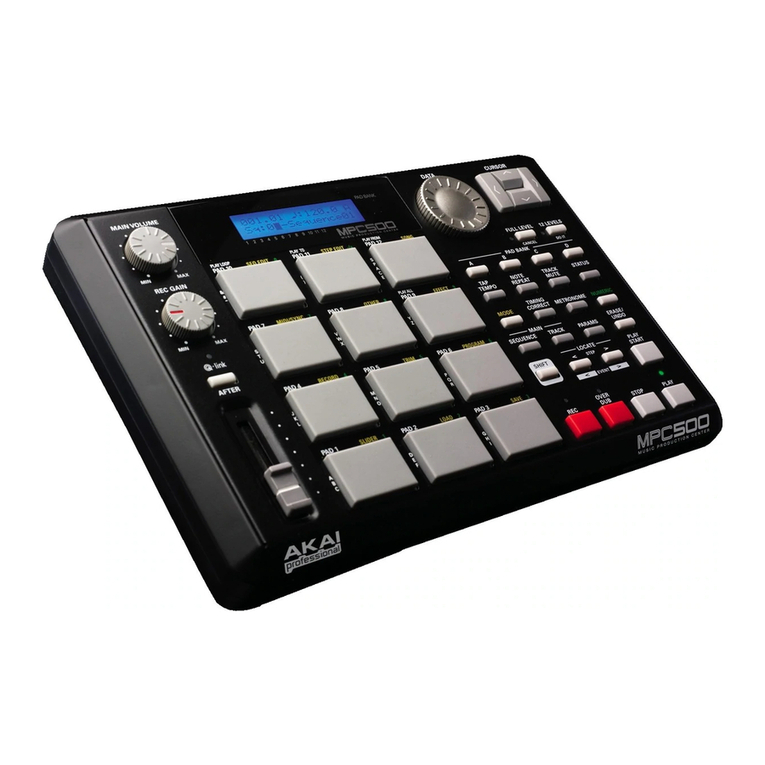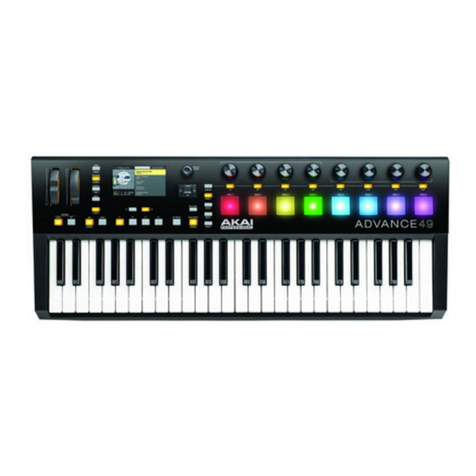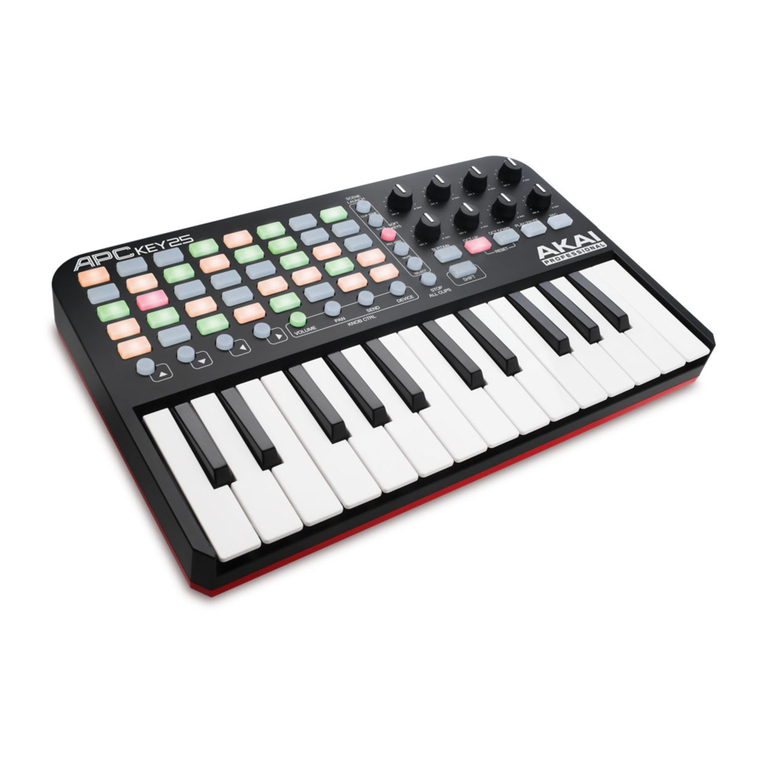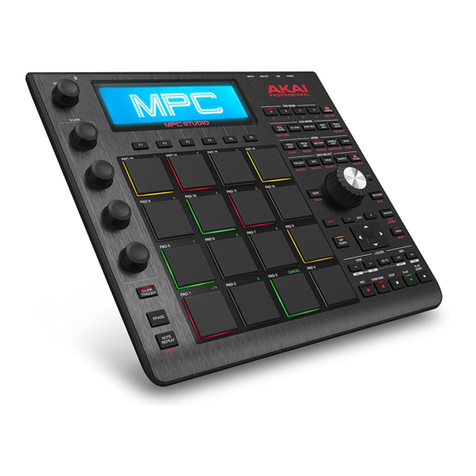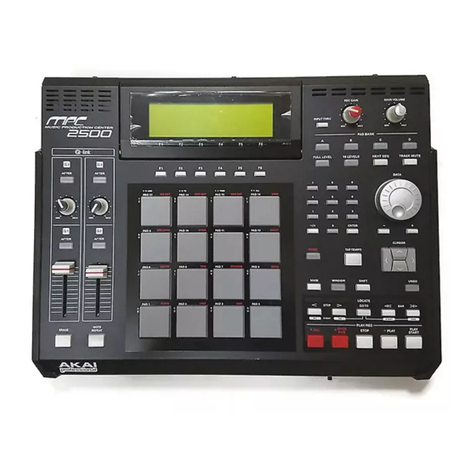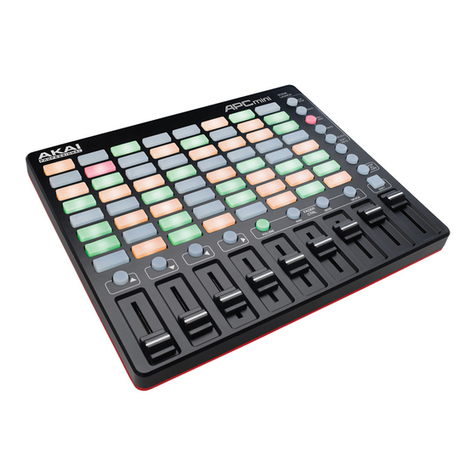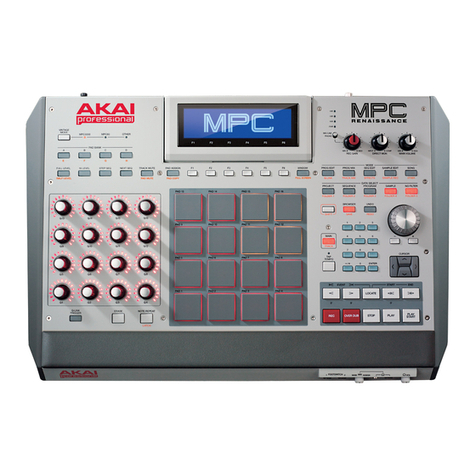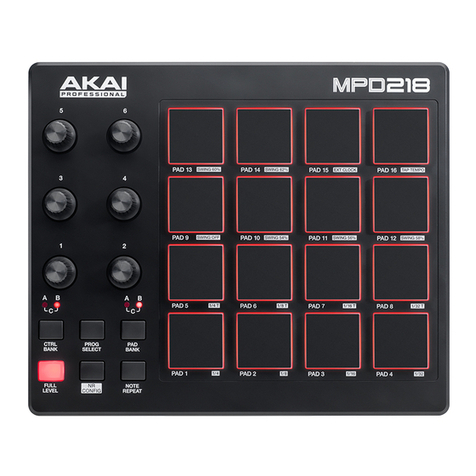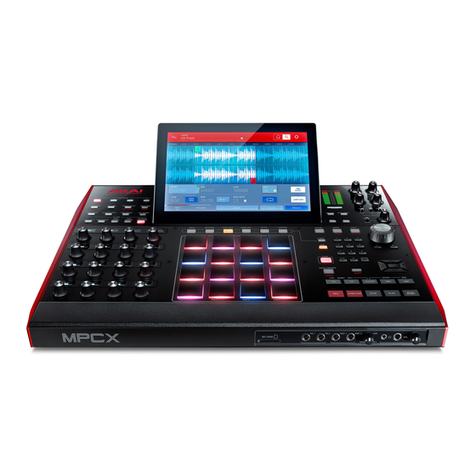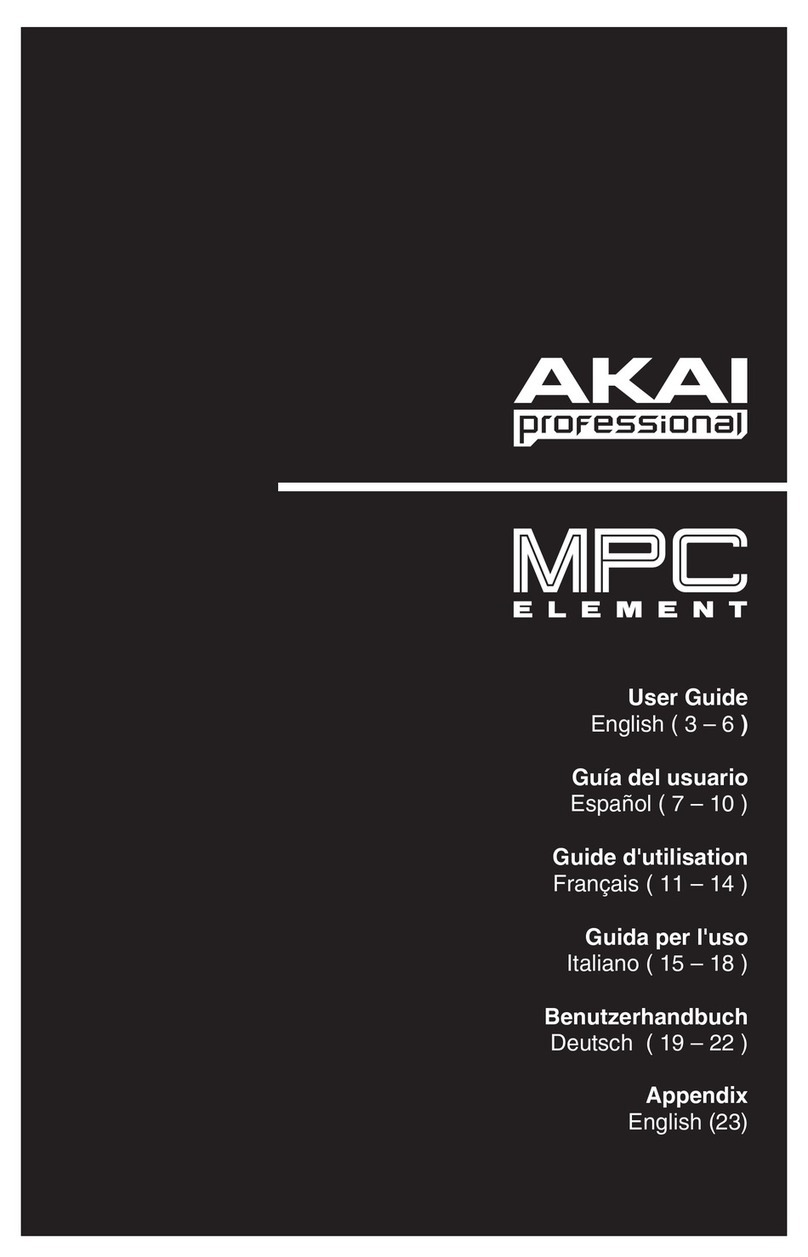
2 LDKPT-1608SYCK Liquid-emitting Diode Yellow SMD 0603 19
LED1~7,9~20
angle 120°
2 PC14A011 TOP PCB 2Layer FR-4 1.6T 255*165MM 1
-
2 RS000008J05 RES 0Ω5% SMD 0805 15
R10,27,60,61,63,66,99,101,127,132,133
R139,142,148,162
2 RS001508F05 RES 15Ω1% SMD 0805 1
R153
2 RS001K08F05 RES 1K 1% SMD 0805 3
R128~130
2 RS001K10F03 RES 1K 1% SMD 0603 1
R165
2 RS002208F05 RES 22Ω1% SMD 0805 2
R72,73
2 RS004708F05 RES 47Ω1% SMD 0805 9
R1,7,74,76,77,163,167,173,176
2 RS010008F05 RES 100Ω1% SMD 0805 10
R2,15~17,21~25,172
2 RS010K08F05 RES 10K 1% SMD 0805 57
R3~5,8,9,14,18~20,26,35,62,64,67,70,71
R79~90,94,95,97,102,105,115,117,119,123
R126,134,138,140,141,143~145,149~151
R156,159~161,164,171,501~503
2 RS012K08F05 RES 12K 1% SMD 0805 1
R146
2 RS01K108F05 RES 1.1K 1% SMD 0805 1
R137
2 RS01K508F05 RES 1.5K 1% SMD 0805 1
R147
2 RS022008F05 RES 220Ω1% SMD 0805 3
R168~170
2 RS027010F03 RES 270Ω1% SMD 0603 1
R75
2 RS047008F05 RES 470Ω1% SMD 0805 1
R152
2 RS047508F05 RES 475Ω1% SMD 0805 1
R136
2 RS068008F05 RES 680Ω1% SMD 0805 1
R157
2 RS080608F05 RES 806Ω1% SMD 0805 1
R135
2 RS100K08F05 RES 100K 1% SMD 0805 2
R69,155
2 RS220K08F05 RES 220K 1% SMD 0805 3
R68,124,125
2 RS2K1508F05 RES 2.15K 1% SMD 0805 1
R166
2 RS4K7508F05 RES 4.75K 1% SMD 0805 1
R158
2 RS820K08F05 RES 820K 1% SMD 0805 1
R131
2 RS8K0608F05 RES 8.06K 1% SMD 0805 1
R154
2 SWDC11B20214A8 Switch Rotatiomal 20 pulse 20mm push-on 1
E1
switch
2 SWEVQ11L04M Switch Tact 4.3mm 160g Horizontal DIP 21
SW0~20
2 SWSPPJ22ME04 Switch Push 2P2T Dual Row Lock 1
SW21
2 UHBLM18AG102SN1 BEAD 1000Ω100MHZ 1
L7
2 UHCBC3225T100MR INDUCTOR 10UH 0.9A 0.133OHM 20% 1210 2
L1,2
2 VRR12302501 Potentiometer Rotary 12.5k 2B*2 25mm 4
R32,44,65,91
2 VRS10304533 Potentiometer Slide 10K 2B 45mm 15mm 4
R107,109,116,118
Dual Unit
2 XTM08000X6F1 Crystal 8MHZ 49US SMD Fundamental 1
X1
1 TWPC14A01201 FSR PCB Assembly 1
6
2 AL2-49-0070 Diode BAV70 8
D200~207
2 AL2-71-1324 IC LMV324 SOP-14 1
U200
2 CS103K5003X7R CCAP SMD 0.01uF/50V 10% 0603 X7R 4
C204~207
2 CS104K5003X7R CCAP SMD 0.1uF/50V 10% 0603 X7R 7
C208,211~216
2 CS106K0605X5R CCAP SMD 10uF/6.3V 10% 0805 X5R 4
C209,210,217,218
2 CS561J5005NPO CCAP SMD 560pF/50V 5% 0805 NPO 4
C200~203
2 FCN1T1001602 FCN Down Touch ZIF SMD Pitch=1.0mm 16P 1
J200
2 IC74HC595 Integrated Circuit 6
U201~206
2 LDG1F1A1BB8S3S3 Liquid-emitting Diode Red/Green/Blue SMD 16
LED200~215
2.0*2.0MM angle 110°
2 PC14A012 FSR PCB 2Layer FR-4 1.6T 162*162MM 1
-


